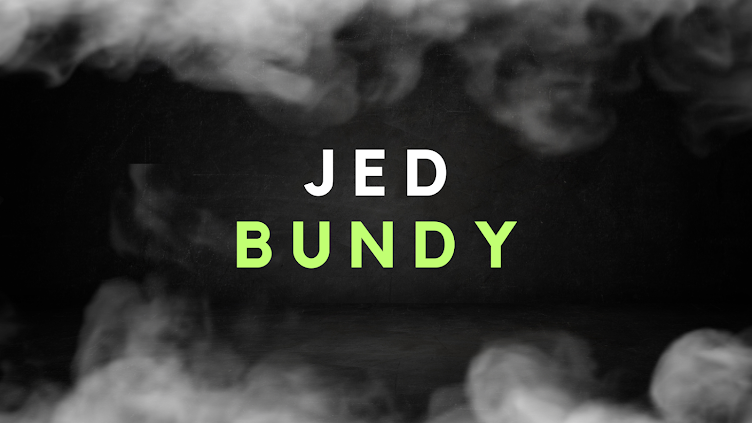iMurders (2008)
Director: Robbie Bryan / Scroll Down Films
While browsing the horror and thriller DVD sections of my favorite local movie retailer, I noticed the film iMurders. I remembered reading about it when I prepared my recent interview with Executive Producer and Actor Brooke Lewis. Prior to viewing iMurders, all the markers suggested to me that this is a film that I wanted in my collection. From the ensemble cast, including one of the all-time horror greats, Tony Todd (Candy Man), to the title, tagline, and promotional packaging, I knew I needed to buy it and watch it as soon as possible.
Before watching iMurders, I had certain expectations that it would be a straightforward thriller. I was pleasantly surprised to find that it is much more than that. iMurders is a clever genre hybrid of slasher horror, psychological thriller, detective drama, and murder mystery throwback to the days of Agatha Christie. There is a nice balance of violence, gore, and suspense to keep most horror fans on the edge of their seats.
The story follows a group of chat room participants that have built long distance friendships through a social media website cleverly named "FaceSpace." Each member of the group is being picked-off one by one in true slasher fashion, as FBI Agents Washington, played by Tony Todd, and Lori Romano, played by Brooke Lewis, attempt to solve the case. As viewers, we are only given small pieces of the puzzle in order to draw our own conclusion as to who is committing these murders. I can't say that I was surprised by the ending; however, there was enough misdirection to keep several possibilities open.
Our female lead is Sandra Wilson, played by Terri Conn (Colombino). After a brief scene of adultery and ambiguous gunfire, we cut to Sandra, a thirty-something beautiful blonde, arriving at her newly rented apartment in Jersey. We are quickly introduced to Sandra's new technologically challenged and nosy landlord Christine Jensen, played convincingly by Joanne Baron. These two quickly develop a friendship. Sandra's character is further developed through a budding romance with the ex-cop hunk down the hall, Joe Romano, played by Frank Grillo. Grillo is excellent as the love interest and is given some depth through a back-story involving the murder of his brother.
Robbie Bryan does an excellent job of presenting snippets of the rest of the chat room participants' lives in order to give viewers a reason to care or in some cases not care about those being murdered. This also allows us to see what an all-star ensemble cast this really is. William Forsythe is fantastic as the dirty-old-man Professor Uberoth. He cheats on his wife with co-workers and is a little too friendly with his female students. Not a likable guy, but certainly an interesting character. Wilson Jermaine Heredia, who plays my favorite character in the film, Mark Sanders, the flamboyant FX artist that conducts a monthly FaceSpace chat room contest for the group members. The rest of the characters are just as rich and enjoyable to watch.
Without giving too much away, there are elements of iMurders that are reminiscent of Se7en (1995). In fact, there is a scene where agents Washington and Romano unknowingly pass the killer on their way up a stairway. Not sure if this was intentionally done by Bryan or not. In addition to this scene, the ways in which the murders are done and the reasons for which they were committed remind me of Se7en as well.
"No one is safe in cyberspace!" a tagline that is sure to grab the attention of social media junkies like me. There is certainly a false sense of security and anonymity when one surfs the web. One believes that they can become trusted friends with faceless humans on the other end of a binary coded network of circuitry, but do you ever really know for sure who you are sharing information with? Ultimately, I believe this film proves that the dangers in cyberspace are essentially the same dangers one faces in "real" life.
I highly recommend this film for anyone that enjoys a solid "whodunit."
Brief DVD review:
I am thrilled that I purchased this DVD rather than having streamed or rented it. The extras include an alternate ending, which I liked very much, and a lengthy behind-the-scenes Q&A with several of the stars including Writer/Director Robbie Bryan, William Forsythe, Brooke Lewis, Tony Todd, Frank Grillo, Billy Dee Williams, the late, great Charles Durning, Miranda Kwok, Margaret Colin, Joanne Baron, and Gabrielle Anwar among others.
Buy it.










